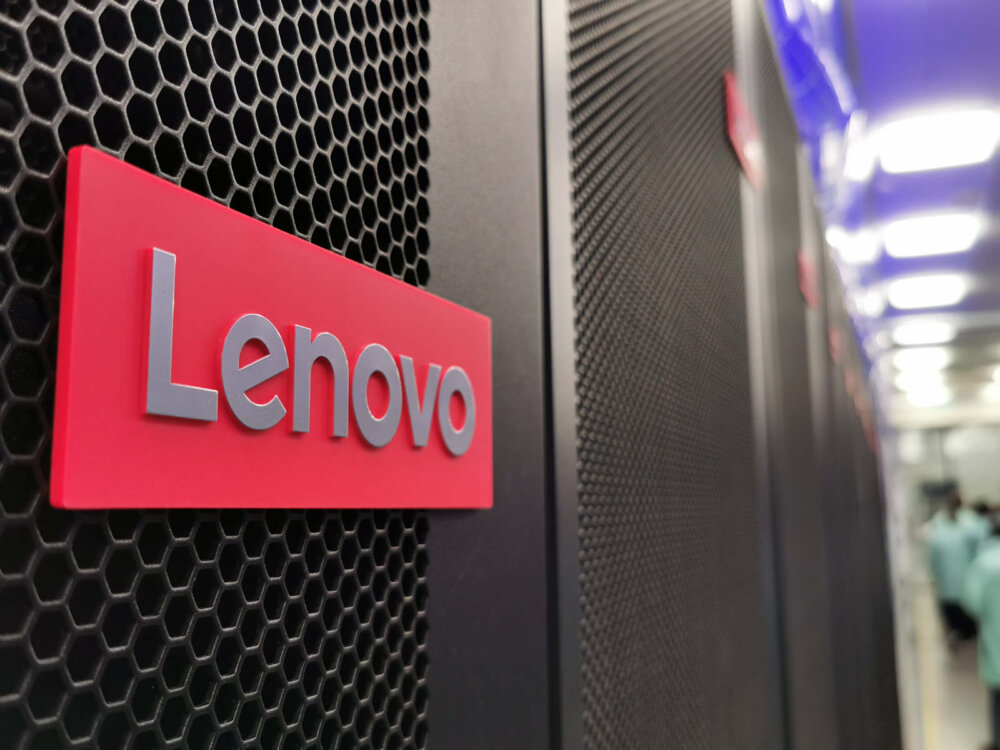
Kevin Green, President and CMO at Truent: “Customer experience should be driven by the behaviours of your customers”
You don’t have to read between the lines of our interview with Kevin Green, President and CMO at Truent, to realise that he believes artificial intelligence is no longer optional. In the same way that customer support teams had to embrace social media and email before – scroll down for a reference to good old “snail mail” – so they will have to let AI into their working lives.
For while AI may be the newest trend, it isn’t the first industry shake-up that Kevin has faced. With over 20 years’ experience behind him, and with huge names such as Monster, Racepoint Global and Dell on his resume, he’s earned some battle scars.
And one of his big learnings is that customer behaviours matter. “The biggest trend currently is AI,” Kevin explains, “but like any new technology or strategy, you have to dig deep below the surface to understand the capabilities and your customers’ readiness or appetite for these strategies. For me, trends at a macro level often look different when applied to actual customer behaviours.”
To learn more, read on.
Recommended reading: What is customer experience (CX)?
Could you please introduce yourself to our audience? What motivated you to pursue a career in customer experience, and how did you embark on your journey in this field?
I’m Kevin Green, the President and Chief Marketing Officer at Truent, a platform that improves the way businesses identify and connect with financial institutions to create, convert and retain revenue. I have over 20 years of experience in digital innovation and helping organisations embrace emerging technologies and extract value from them to maximise business results.
I was at the forefront of the emergence of social media and have remained on the leading edge of innovation through various stages of digital transformation. From leading the social media command centre at Dell Technologies to leveraging experience strategy and design principles to develop modern mobile, web and workplace software, I have always navigated to roles where I can enable people to access the full potential of technology.
Now, as CMO of Truent, I’m focused on reimagining the way traditional revenue operations are run to maximise the wealth of behavioural and intent data available to improve the B2B sales experience for everyone involved.
What are your thoughts on the escalating integration of AI in customer experience and its potential influence on the future of customer service at large?
Much of our interactions with customer service have been automated for years but failed to deliver value for the end user. The experiences were clunky and failed to address the issues. The result was irrelevant responses that took too much time and ended with the need to speak to a representative anyway.
With AI, customer service can now meet the expectations of customers who want answers now and prefer to solve issues on their own before escalating to a person. Generative AI changes the entire experience by allowing customers to converse authentically without the robotic feel.
Instead of canned responses with links to FAQs seen with typical chatbots, AI-powered customer experience draws on similar customer experiences and resolutions to rapidly get to the unique solution. With AI, a large organisation with a diverse product offering can now train the AI to support the entire product suite without having to train human staff. It eliminates the experience where a customer is speaking to a person only to find out that the problem they are having is served by a different group and the call needs to be re-routed.
Recommended reading: Double-whammy of Microsoft SharePoint vulnerabilities mean all users must take immediate action
What core values have played a pivotal role in shaping your approach to customer experience?
We are shaped by our experiences and much of what we do is not always reflected in what we say. For example, in a typical sales process, we are conditioned as buyers to hold our cards close to obtaining the best value for our investment. What is uncovered during a sales call is only a small piece of the problem I may be facing and how I intend to solve it.
However, my behaviours reveal more of the situation. What I say to colleagues, the information I gather from peers or the content I consume shapes my opinion and strategic approach. Without this information, the seller is at a disadvantage because they do not understand the full need, or value, their product provides.
The customer experience is far more broad and complex than how they directly interact with your product, service and staff. To truly understand everyone’s unique needs and motivations, you need to look beyond the traditional touchpoints and understand the behaviours that led them to you in the first place.
What major hurdles have you encountered as a customer experience leader, and how did you surmount them?
One of the biggest challenges I’ve encountered is the status quo.
This challenge is one often faced by anyone in disruptive tech – it’s not uncommon to run into teams who aren’t even aware there’s a better way to complete their daily tasks. I’ve even spoken with marketing teams who still conduct outreach exclusively by snail mail because it “works well enough”. But that doesn’t mean it’s an optimal strategy.
That’s why it’s crucial to shine a light on the shortcomings of existing processes and tools while showcasing how your offerings stand to make a difference. Revealing issues that potential buyers didn’t even know existed – or, conversely, showing them how much more they can achieve with the right systems in place – is a powerful tactic.
Recommended reading: How do I add a signature in Microsoft Word?
How do you ensure you’re up to date with the latest customer experience trends and technologies, and how do you integrate them into your strategies?
Trends are tricky because what works for one may not necessarily work for another. Customer experience should be driven by the behaviours of your customers. For some, the latest technology or strategy may seem like the missing piece, but when implemented, doesn’t effectively meet the needs of your customer.
What we integrate into our strategies is based on observational research. By getting as close to the customer as possible and observing their behaviours and needs, we identify potential solutions that can help or support them more effectively. Once the behaviour is identified, from there, we determine what the best approach is to meet those needs.
Obviously, the biggest trend currently is AI, but like any new technology or strategy, you have to dig deep below the surface to understand the capabilities and your customers’ readiness or appetite for these strategies. For me, trends at a macro level often look different when applied to actual customer behaviours.
What customer experience technology has your company recently embraced and what difference has it made to your business?
Despite increasing optimism that the United States economy will achieve a soft landing, in my experience go-to-market (GTM) teams are still being asked to do more with less. This makes it increasingly plain that human power on its own is no longer enough to meet customer demands, and AI is increasingly critical to enable the scaled one-on-one outreach that they so desperately crave – particularly in relationship-driven industries like banking and financial services.
At Truent, our new Segmentation & Alerts feature is a great example of a solution that helps mitigate this challenge. Designed to enhance revenue intelligence for businesses selling to banks and financial institutions, it provides insights into the unique buying behaviours of financial institutions. With this information in hand, teams can pinpoint exactly where and how prospective customers within the financial industry are looking to purchase.
Why does that matter?
By streamlining the process, a human workforce can leverage technology to eliminate cumbersome processes and build customised outreach for prospective customers – ultimately saving significant team resources and valuable company dollars.
NEXT UP

Dear Lord, let this be the last World Password Day
Security expert Davey Winder explains why he wants this to be the last World Password Day ever and prays for World Passkey Day instead

Mark Allen, Head of Cybersecurity at CloudCoCo: “It’s alarming to witness the extent to which deepfakes can be weaponised”
Mark Allen, Head of Cybersecurity at CloudCoCo, provides what amounts to a step-by-step guide to keeping your business more secure against cyberattacks – including deepfakes

Inside Lenovo’s Budapest factory: making workstations more sustainable
Lenovo has just switched on 5,072 solar panels to make its Budapest factory more sustainable. We go behind the scenes